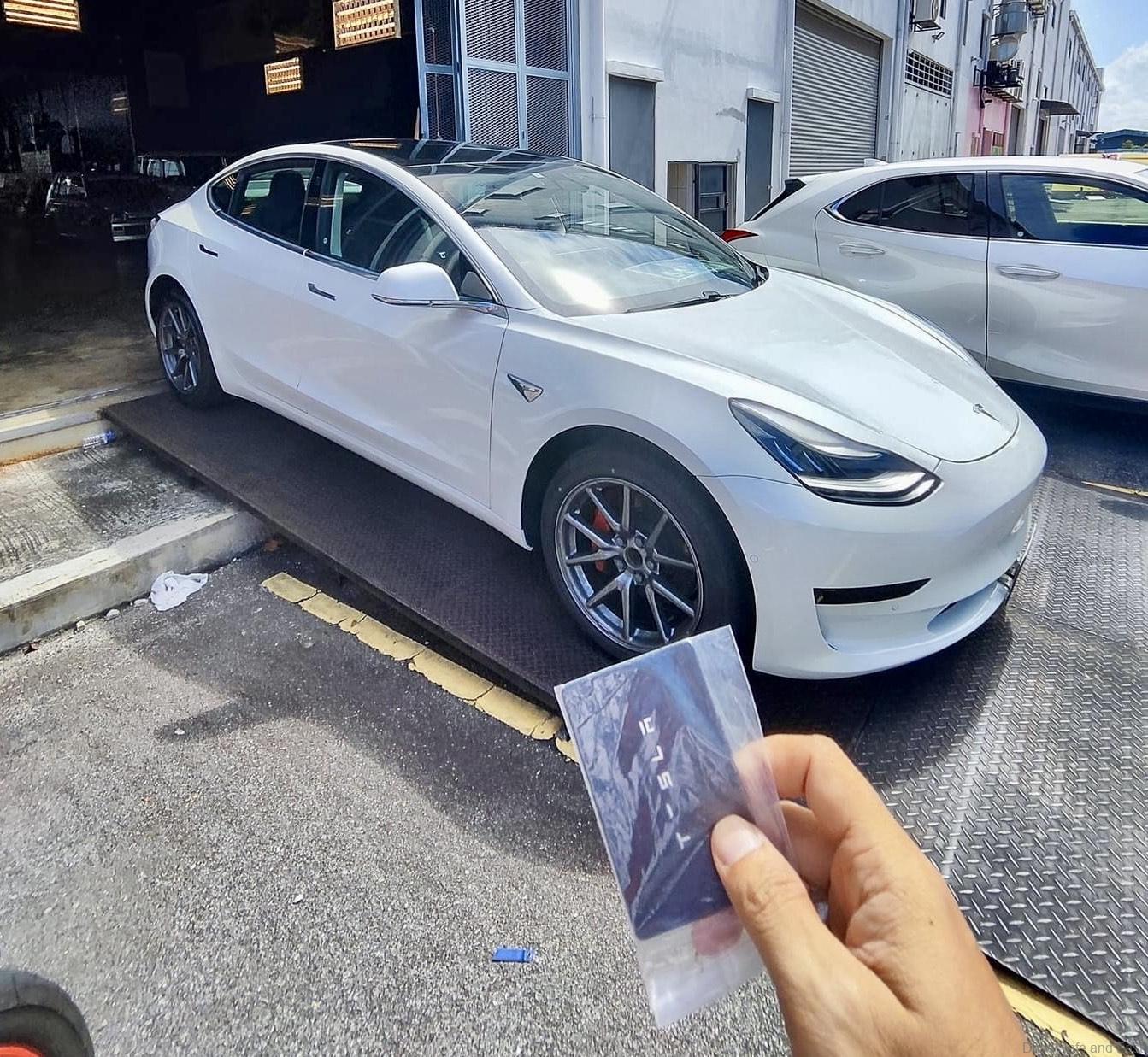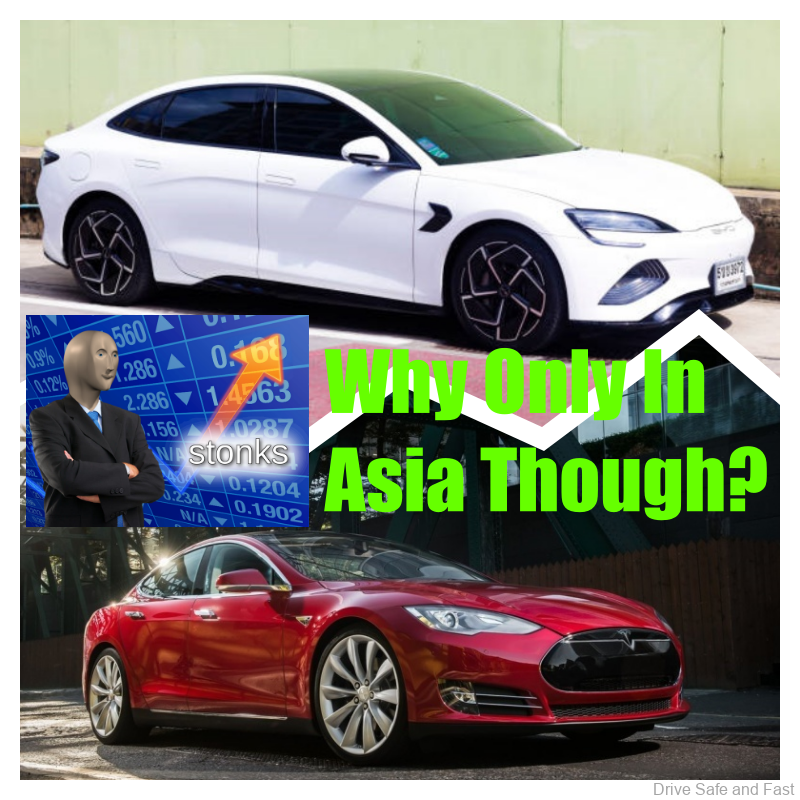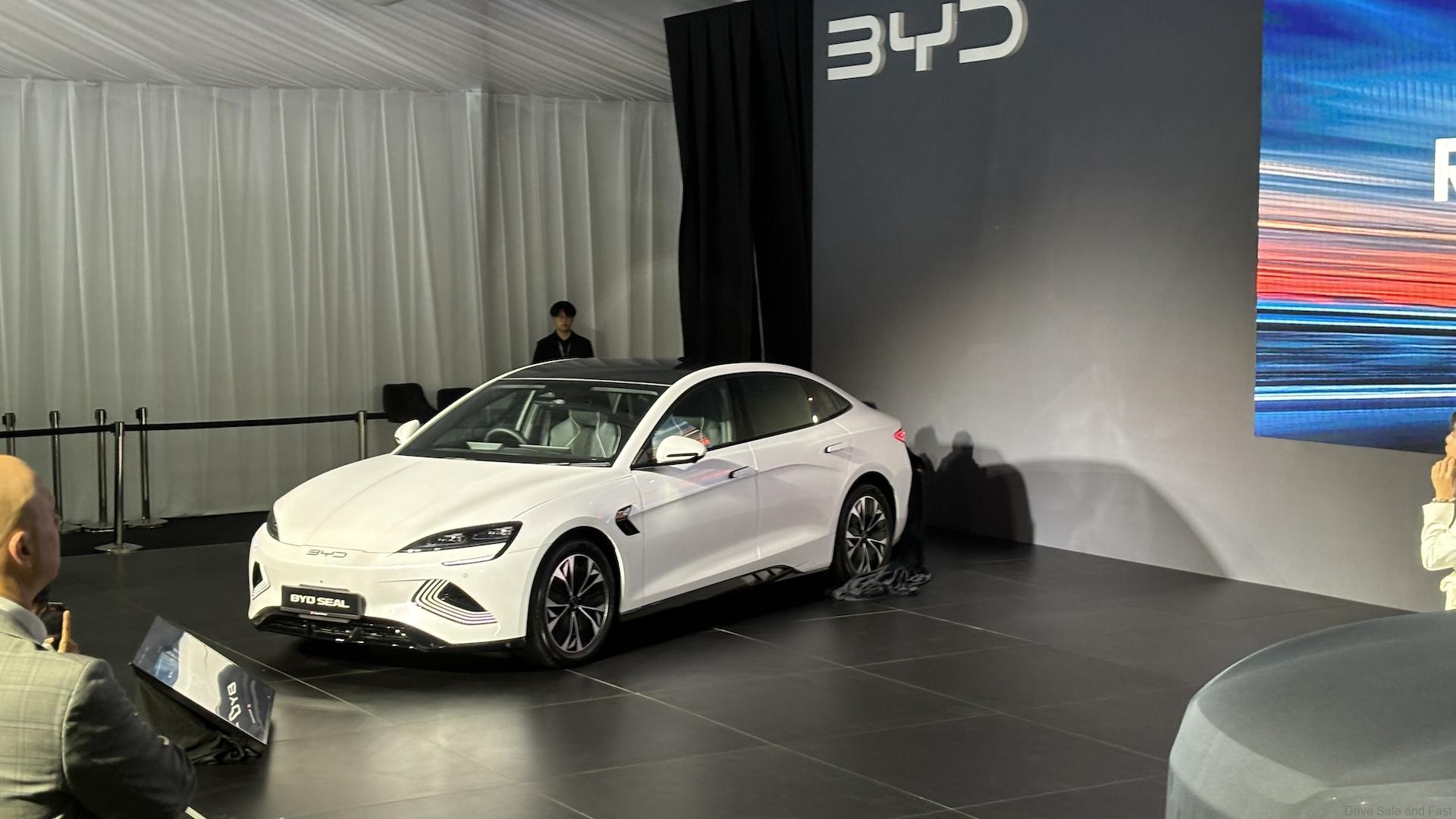Despite losing ground in Western countries, Tesla seems to be doing well here like BYD
In recent years, Chinese automakers such as BYD, Chery, and Tesla have made significant inroads into Southeast Asia, challenging traditional automotive giants and threatening to steal market share from established players like Toyota and Honda.

This shift is largely driven by the soaring demand for electric vehicles (EVs), which has catapulted China to the forefront of the global automotive industry. In 2023, China surpassed Japan as the world’s largest exporter of cars, shipping over 4.9 million vehicles, compared to Japan’s 4.42 million.
Moreover, this achievement highlights China’s growing dominance in the global car market, particularly in the realm of EVs. While Japan’s Toyota, the largest vehicle manufacturer globally, sold just 104,018 battery electric vehicles (BEVs) last year, Chinese companies like BYD and Tesla sold nearly 2 million and 3 million BEVs, respectively.

Japanese automakers, including Toyota, have long relied on hybrid technology as a bridge to a future dominated by electric vehicles. However, their heavy investment in hybrid systems now appears to be a strategic misstep.
Even Nissan, which was also a pioneer in the EV market with its Nissan Leaf, has seen its early advantage slip away as Chinese automakers ramp up production of affordable and efficient electric cars. The Chinese strategy of mass-producing EVs at lower costs has allowed companies like BYD and Tesla to gain ground, especially in Southeast Asia, where EV demand is high.

On top of that, in response to this challenge, Japanese automakers are betting on the development of solid-state batteries, a new EV technology that promises faster charging times and longer battery life than the current lithium-ion systems used by Chinese manufacturers.
This ambitious push into solid-state technology could help Japan’s automakers regain lost ground, but it remains to be seen whether they can compete with the pace and scale of China’s electric vehicle revolution. This high-stakes race for EV dominance has significant implications for Southeast Asia, where Japanese hybrid vehicles have long been popular.


In fact, Toyota’s hybrid models account for more than two-thirds of all hybrid vehicle sales in the region. However, Chinese automakers are not standing still. Companies like BYD and Great Wall Motor are making waves in the ASEAN market with their new hybrid offerings. Ultimately, as Chinese automakers continue to innovate and expand their presence in Southeast Asia, they pose a growing challenge to the dominance of Japan’s hybrid vehicles.



